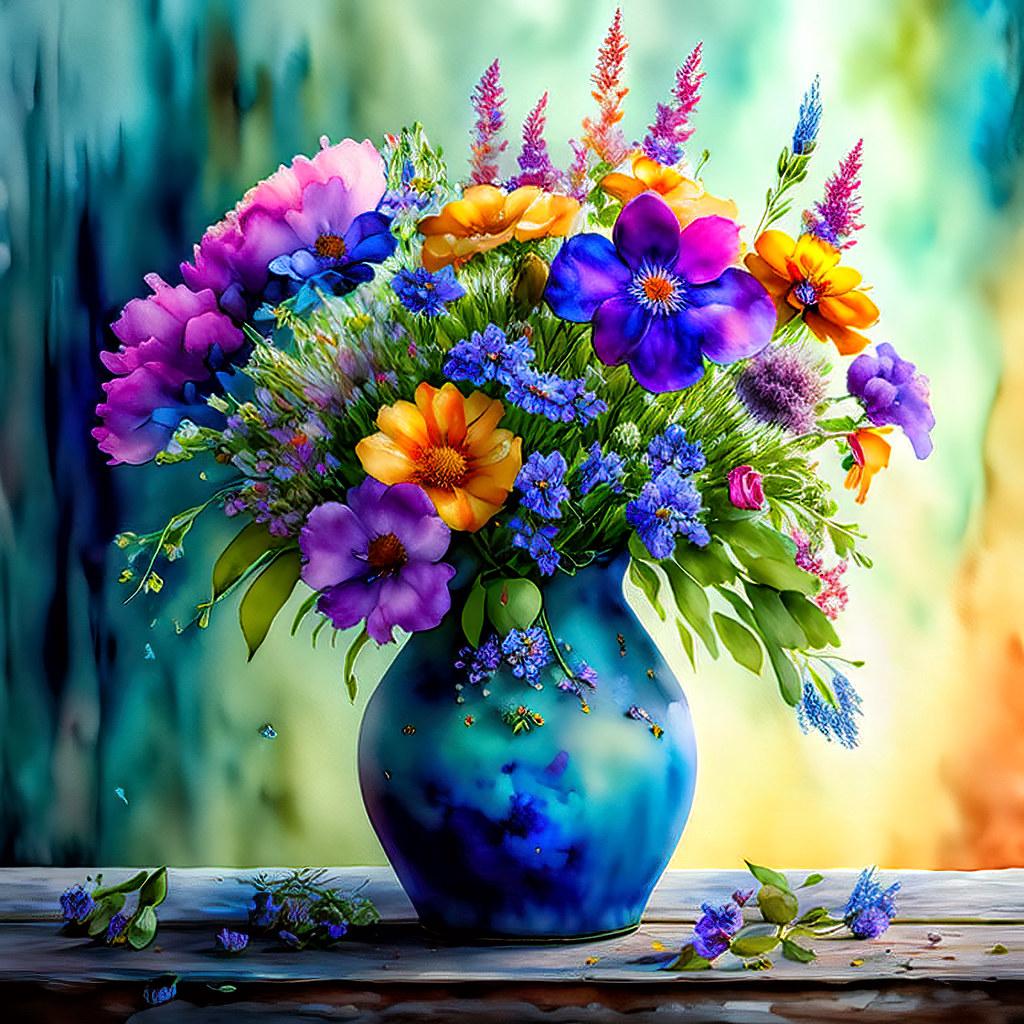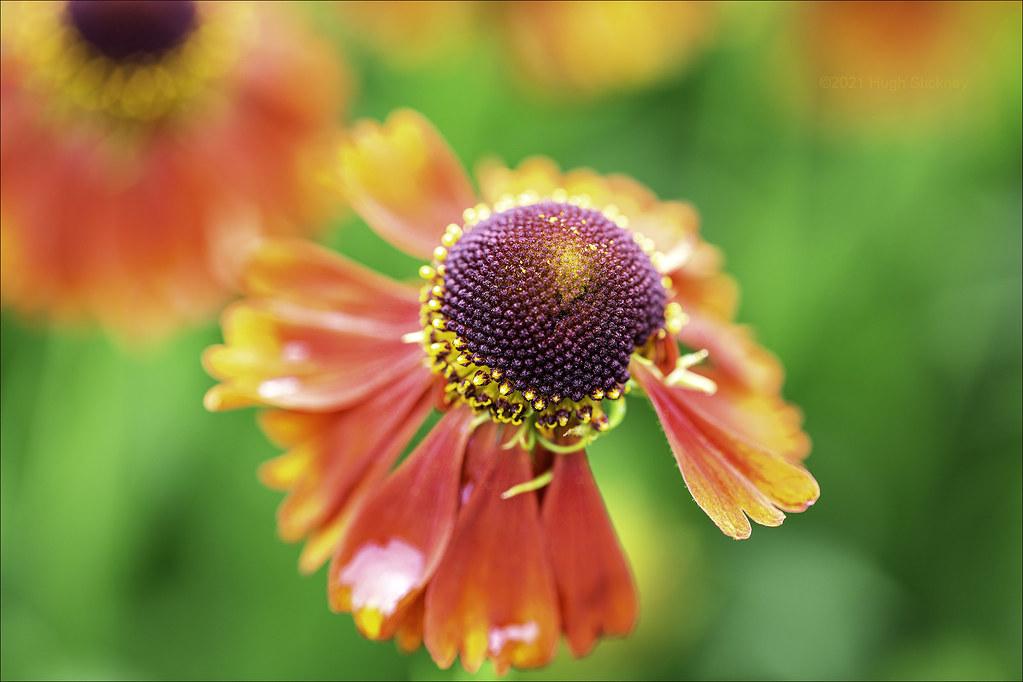In the hustle and bustle of modern life, emotional well-being often takes a backseat, leaving many searching for effective ways to nurture their mental health. Enter color therapy, an age-old practice that harnesses the vibrational energy of colors to promote emotional healing and balance. This guide is designed to walk you through the transformative power of color, offering practical steps to incorporate this holistic approach into your daily routine. With empathy and understanding, we aim to empower you to tap into the soothing spectrum of colors, helping you to restore inner harmony and emotional resilience. Whether you’re seeking to alleviate stress, uplift your mood, or cultivate a sense of calm, this journey into the world of color therapy will illuminate paths to healing that resonate with your unique emotional needs.
Understanding the Psychological Impact of Colors
Colors are not just visual stimuli; they are powerful psychological tools that can profoundly affect our emotions and mental well-being. Understanding these effects allows us to harness the potential of colors for emotional healing. Each hue can evoke specific feelings and moods, offering a palette of possibilities for personal growth and emotional balance.
Here’s a glimpse into how different colors can influence your emotions:
- Red: Often associated with energy and passion, red can invigorate the spirit and increase enthusiasm. However, it can also evoke feelings of anger or stress if overused.
- Blue: Known for its calming effects, blue is ideal for reducing stress and promoting tranquility. It is often used in spaces meant for relaxation or contemplation.
- Green: Symbolizing nature and renewal, green offers a sense of balance and harmony. It is particularly effective in fostering a sense of peace and healing.
- Yellow: This cheerful color can lift spirits and inspire creativity, but in excessive amounts, it might lead to feelings of anxiety.
| Color | Emotion | Use in Therapy |
|---|---|---|
| Red | Passion, Energy | Boost Motivation |
| Blue | Calm, Serenity | Reduce Anxiety |
| Green | Balance, Renewal | Foster Healing |
| Yellow | Joy, Creativity | Enhance Mood |

Creating a Personalized Color Therapy Plan
Crafting a personalized color therapy plan involves tuning into your emotional needs and preferences. Begin by identifying the emotions you want to address. Are you seeking calmness, energy, or perhaps balance? Once you have a clear understanding, select colors that align with these emotions. For example, blue often promotes tranquility, while yellow can enhance joy and positivity.
- Blue: Use in spaces where relaxation is needed, like bedrooms or meditation areas.
- Yellow: Perfect for workspaces or areas where creativity is nurtured.
- Green: Ideal for balancing and grounding, use in living rooms or personal retreats.
To further personalize your plan, consider how you can incorporate these colors into your daily life. This could be through your clothing, home decor, or even the foods you eat. Pay attention to how each color makes you feel and adjust your plan accordingly. Remember, the goal is to create a supportive environment that fosters emotional healing.
| Emotion | Color | Application |
|---|---|---|
| Calm | Blue | Bedroom walls, meditation space |
| Joy | Yellow | Office decor, kitchen accents |
| Balance | Green | Living room, garden area |

Incorporating Color Therapy into Daily Life
Integrating color therapy into your daily routine can be a transformative way to harness the power of hues for emotional well-being. By consciously choosing colors that resonate with your emotional needs, you can create a harmonious environment that supports your mental health.
Begin by identifying the colors that naturally uplift your spirit. For example, blue can evoke a sense of calm and peace, while yellow might boost feelings of joy and optimism. Incorporate these colors into your living space, wardrobe, or even your meals. Here are a few ideas:
- Home Decor: Add blue cushions or a green rug to bring tranquility and balance.
- Clothing Choices: Wear a red scarf to energize and motivate yourself during a busy day.
- Food: Include orange fruits like oranges or carrots to promote enthusiasm and creativity.
For a more structured approach, you can use the table below to explore the emotional impacts of different colors and consider which might best support your current needs:
| Color | Emotional Impact |
|---|---|
| Red | Passion, Energy, Action |
| Green | Balance, Growth, Renewal |
| Purple | Wisdom, Spirituality, Imagination |

Exploring Advanced Techniques for Deep Emotional Healing
Color therapy, also known as chromotherapy, is a fascinating and holistic approach to emotional healing that leverages the psychological effects of colors to promote well-being. By understanding the impact of different hues on our emotions, we can use them intentionally to facilitate healing processes. This technique is particularly beneficial for individuals seeking to balance their emotional state or enhance their mental health.
- Red: Known for its energizing and stimulating properties, red can help combat feelings of lethargy and depression. Use this color to invigorate your mind and increase motivation.
- Blue: Associated with tranquility and calmness, blue is ideal for reducing stress and anxiety. Surrounding yourself with blue can promote peace and relaxation.
- Green: Symbolizing growth and harmony, green can aid in emotional balance and stability. It is particularly effective in fostering a sense of renewal and hope.
- Yellow: A color that encourages optimism and cheerfulness, yellow can lift your spirits and enhance mental clarity. It’s a great choice for overcoming negative thoughts.
- Purple: Linked to spirituality and introspection, purple can support emotional transformation and inspire creativity. It is beneficial for meditation and deep emotional work.
| Emotion | Recommended Color | Benefits |
|---|---|---|
| Anxiety | Blue | Calms and soothes the mind |
| Sadness | Yellow | Boosts mood and positivity |
| Anger | Green | Balances emotions |
| Stress | Purple | Promotes relaxation and introspection |
Integrating color therapy into your daily routine can be as simple as wearing clothes of a specific color, decorating your space with targeted hues, or visualizing these colors during meditation. By mindfully engaging with colors, you can unlock new pathways to emotional healing and create a more harmonious inner world.








































